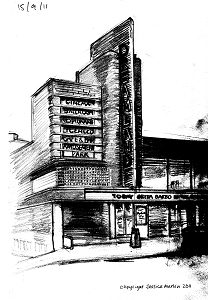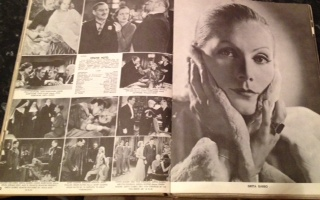|
We went on a family outing to the Tate Modern in the summer of 2010.
I went there in the hope that my tastes had matured and I might at last be appreciative of conceptual art. Trouble was… It was all concept and the ‘artisan’ had gone for a very long lunch. Where was the skill? Where was artistry? “SHOW ME THE BEAUTY!!” I wanted to shout. The best exhibits were the comments on postcards on the way out… Most of them written and drawn by art students. |

|
My silent appeal for something aesthetically pleasing was answered by a book in the gift shop. “The Creative License” by Danny Gregory invited the reader to embark on a journey of artistic self discovery with a pen and sketchbook (pencil and eraser forbidden… Self censoring was to be ignored).
In observing and drawing everything in your everyday life, you would subconsciously be on the path to mastery of draftsmanship and, at worst, be improving your rudimentary skills every day. |
 |
|
I needed no further encouragement. My discipline had commenced and the little girl who used to fill cheap notepads with visions of silver screen goddesses was now getting back into the Zen of Drawing with studies of household objects and observational studies on the school run.
|





